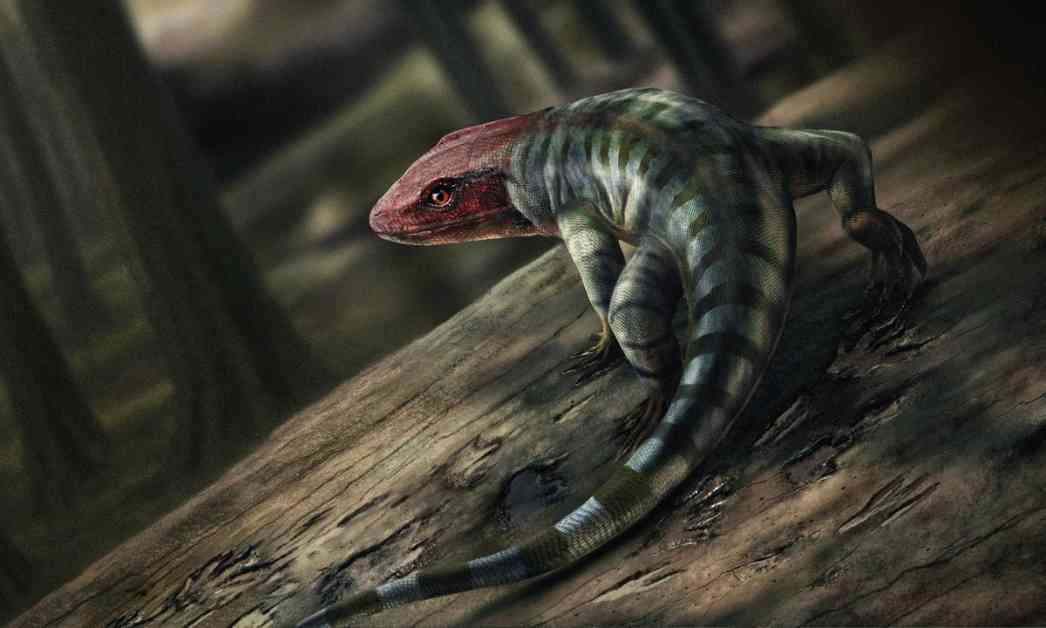Amniote Ancestors Found Down Under
In a groundbreaking study published in Nature, researchers have uncovered fossilized claw tracks in Australia that suggest the group of animals encompassing reptiles, mammals, and birds originated much earlier than previously believed. The discovery, made in Victoria, Australia, indicates that these amniotes emerged at least 35 million years earlier than previously estimated.
Who Made the Tracks and Where Were They Found?
The claw tracks were discovered on the banks of the Broken River at Barjarg in Victoria, Australia, by two non-professional scientists. These tracks were found in a sandstone block that is part of a larger structure dated to the early Carboniferous period. The area, known as Berrepit to the Indigenous Taungurung people who own the land, has provided crucial evidence for understanding the evolution of tetrapods.
What Do the Tracks Reveal?
The fossilized tracks show clear footprints with claw indentations, a characteristic of reptiles. This finding challenges previous assumptions about the timing of amniote evolution and suggests that early amniotes were already laying eggs on land during the early Carboniferous period. However, there is debate among experts about whether the animals that made these tracks were walking on land or ‘punting’ in shallow water. Despite these uncertainties, the discovery sheds new light on the origins of amniotes and their divergence from amphibians.
Why Does It Matter?
The implications of this discovery are significant for our understanding of tetrapod evolution and the timeline of amniote emergence. The findings suggest that the common ancestor of modern amphibians and amniotes lived even earlier than previously thought, pushing back the timeline of their divergence to the Devonian period. Additionally, the discovery challenges the assumption that amniotes originated in the Northern Hemisphere, raising the possibility that the Gondwana landmass, which included Australia, played a key role in their evolution.
Overall, this study underscores the importance of continued exploration and research in Australia and other regions with untapped fossil sites. As more discoveries like this one emerge, our understanding of the origins of life on Earth continues to evolve, paving the way for new insights into the complex history of our planet.










